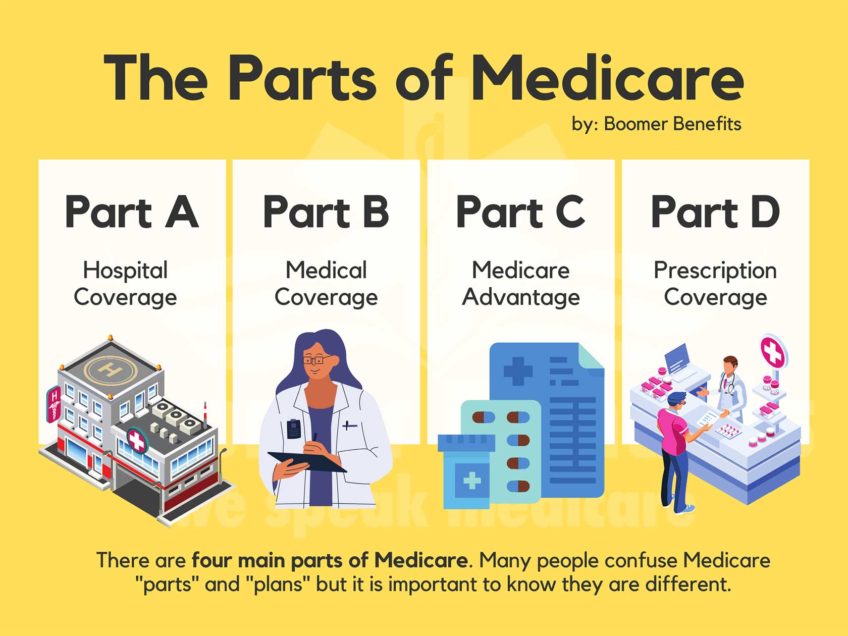October is National Breast Cancer Awareness Month
Special Advertorial health section — Aggressive forms are more common in young black females

With 231,840 new cases expected in 2015, breast cancer is not only the most common cancer in women it beats out lung cancer by almost 11,000 to be the number one cancer in the country. Lung cancer is, however, the most common cancer death in women, according to the American Cancer Society. Twenty-six percent of all cancer deaths in women are attributed to lung cancer, while cancer of the breast claims more than 40,000, or 15 percent of its victims.
These statistics relate to invasive breast cancer only, or cancers that have broken from the confines of the site of origin. An additional 60,290 cases are labelled in situ, which means that the disease has not invaded nearby tissues.
Contrary to common belief, men are not exempt from this disease. Edward W. Brooke, the first African American elected to the United States Senate by popular vote, Richard Roundtree of Shaft fame and Ernie Green, a running back for the Cleveland Browns, have been afflicted. The ACS estimates 2,350 new cases in men and 440 deaths this year.
Age and race matter; older females are more prone. The median age at diagnosis is 61. Almost 42 percent of the cases occur in women 65 and older, and only 10.9 percent in women under the age of 44. Overall, the incidence of breast cancer is highest in white women, but black women die of it at a greater rate. According to statistics from the National Cancer Institute, between 2008 and 2012, the number of black women in this country who died of breast cancer was 30 per 100,000 women versus 21 per 100,000 white women, a difference of almost 35 percent.
There are many reasons for this disparity. Lack of access to suitable care is one; delayed treatment is another. The cause may also be biological. It appears that younger black women may get more aggressive forms of the disease, such as basal-like cancer and triple negative cancer that are harder to treat and have a higher probability of recurrence. Researchers from Massachusetts General Hospital found that black women are more likely to have a mutation in TP53, a gene that is supposed to suppress the formation of tumors.
Another less common type of breast cancer seen more frequently in black females is inflammatory breast cancer, an aggressive form that tends to strike younger women. IBC is known by its very rapid onset — usually three to six months. The breast becomes enlarged, red and warm. The skin of the breast thickens and takes on the appearance of the skin of an orange. Usually, there is no mass, which causes it to escape a mammogram’s detection. Experts at MD Anderson Cancer Center have found that a combination of CT, PET scan and MRI can more accurately detect IBC and where it has spread.
While other types of cancers can affect one section of the breast, which allows the possibility of breast-conserving surgery, IBC encompasses the entire breast. It enters the lymph vessels of the breast, which empty into the lymph nodes, allowing quick and ready access to the rest of the body. That explains why once IBC is detected it has already progressed to Stage III or Stage IV, indicating that it has moved beyond the confines of the breast.
The problem of detecting it is two-pronged. Women have been educated to look for lumps, not physical changes in the breast itself. Unfortunately, because of its rarity, many doctors do not recognize it either. IBC constitutes no more than 5 percent of all breast cancers.
Because its symptoms mirror those of an infection, the first line of attack is typically antibiotics. It is often mistaken for mastitis, or infection of the breast tissue. If the medicine has not alleviated symptoms in two weeks, however, doctors recommend a referral to a surgeon who specializes in breast care.
The treatment for IBC is very aggressive. Women undergo chemotherapy to shrink the cells prior to a mastectomy. Radiation then follows surgery in addition to another round of chemotherapy or hormone treatment, depending on the particular circumstances. The good news is that this approach of chemotherapy, surgery and radiation has increased the five-year survival rate.
The point is to be vigilant. Continue mammograms to detect lumps and regular inspection to detect changes in the looks and feel of the breast.






